Longtime Sony executive talks A-mount failure, skipping Micro Four Thirds, and early days of E-mount
posted Monday, March 20, 2023 at 2:00 PM EST
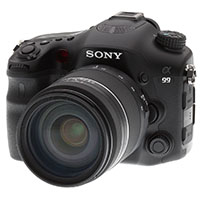
In a pair of interviews (1, 2) with Nikkei Business, Sony Vice Chairman Shigeki Ishizuka discussed the early days of Sony's camera business, including Sony's A-mount Alpha DSLR cameras, a potential move to Micro Four Thirds, and the eventual decision to make full-frame mirrorless cameras.
The interviews are published in Japanese, so as always, there's the potential for something to be lost in translation or misconstrued. That said, we saw some interesting highlights on Sony Alpha Rumors. Reading the full interviews, it's fascinating to see Mr. Ishizuka speak candidly about Sony's A-mount Alpha cameras, like the original Sony A100 released in 2006 and the later A700, A200, and A350 models. Ishizuka remarks that the A100, the first camera released after Sony reached an agreement to acquire Minolta's camera business, was relatively successful.
However, the following cameras were not. While Sony's worldwide digital camera units had a general upward trajectory from 2000 through 2010, Ishizuka claims that this is due more to the general expansion of the digital camera market than anything special Sony was doing.

Konica Minolta released a pair of A-mount DSLR cameras in 2004 and 2005. The company had also begun to expand its lens offerings. However, industry stalwarts Canon and Nikon dominated the market, controlling about 80% of the total market share, leaving the remaining 20% to be fought over by Olympus, Pentax, and Konica Minolta. Following Sony's acquisition of Minolta's camera assets, Ishizuka was excited by the prospect of Sony's interchangeable lens cameras.
While Sony's mirrorless cameras are popular and successful today, "mirrorless" wasn't initially part of Sony's plans after its Minolta acquisition. However, Sony's electronics expertise, paired with Minolta's optical excellence, opened the doors for further improvement and, eventually, major innovation.
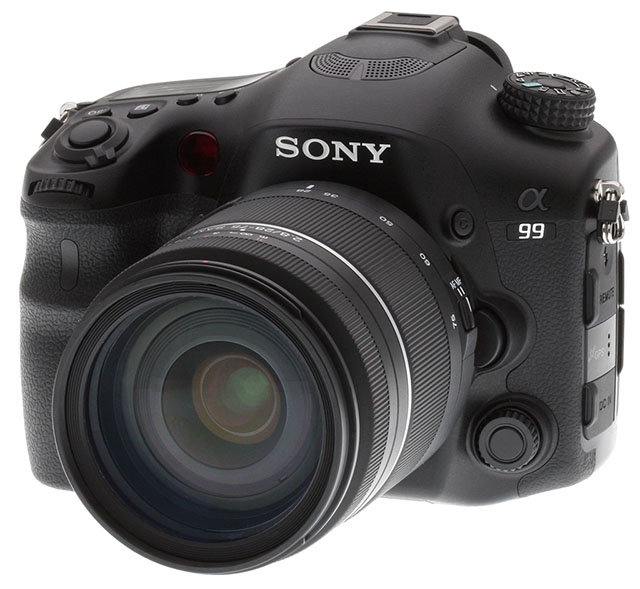
Despite Sony's excitement to work with Minolta, the partnership could have been more financially successful. The full-frame A900 released in 2008 was impressive, sporting a 24-megapixel image sensor and featuring in-body image stabilization. It was an excellent camera. However, per Ishizuka, it didn't sell well either. The A-mount cameras were losing Sony money.
The first steps toward mirrorless became apparent with what Sony called a translucent mirror. This concept allowed for unique capabilities among DSLR cameras, including full-time phase detect autofocus during photo and video capture.
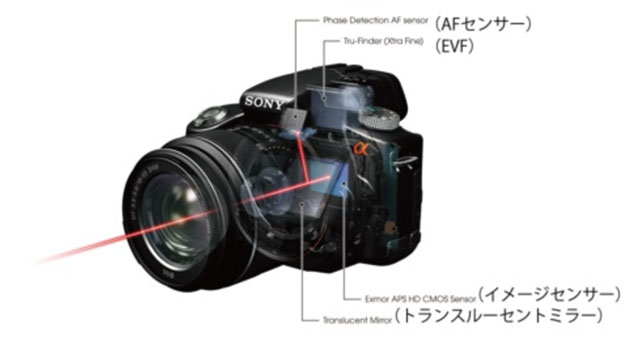
The translucent mirror is a thin film that divides light between the image and autofocus sensors. This also resulted in a shift away from an optical viewfinder toward an electronic viewfinder, which is, of course, a primary component of mirrorless cameras.
Despite impressive performance and unique features, Sony's translucent-mirror DSLRs didn't stop the A-mount cameras from hemorrhaging money. Ishizuka believes the reasons for this are multi-faceted, including a lack of belief in the Sony brand at the time, a lack of excitement surrounding Sony ILCs, and an inability to convince Nikon and Canon users to switch to Sony. Existing customers stuck with what they had, and new customers mostly opted for the longstanding, established photography brands.
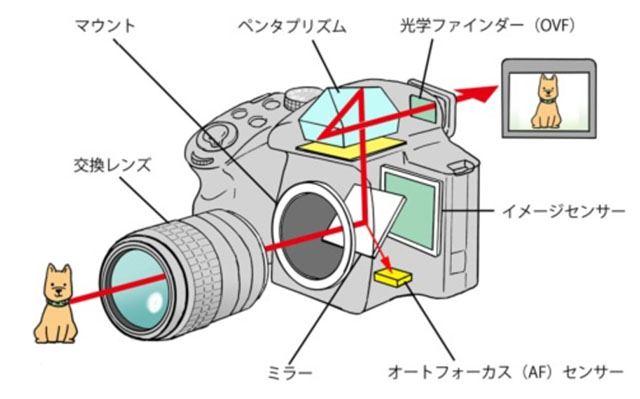
Sony failed to move the needle with the A-mount. The final A-mount camera arrived in the form of the Sony A99 II in 2016, although even by then, it was clear that Sony's DSLR line was doomed.
The A99 II was amazing, by the way. I'll rarely miss an opportunity to discuss how much I loved reviewing that camera. It still bothers me that my review's headline was "The A-mount camera Sony shooters have been waiting for" now that I know that the wait for the A99 III is indefinite. Sony delisted its A-mount cameras and lenses in 2021 and 2022, respectively, making the long-expected end of the series.
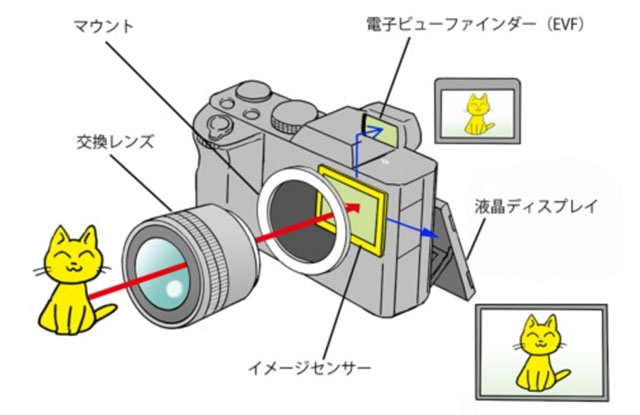
However, long before then, Sony had already begun plotting its next steps in photography. In 2007, Sony was approached by the Micro Four Thirds camp, including Olympus (now OM Digital Solutions) and Panasonic.
Ishizuka said that he strongly considered joining the Micro Four Thirds system, although ultimately, Sony decided to figure out a way to capitalize on its existing Alpha and A-mount assets with a miniaturized camera system. There were already APS-C and full-frame A-mount lenses, so was there a way to use these on mirrorless interchangeable lens cameras? Did mirrorless require Micro Four Thirds?
Sony decided that APS-C and full-frame mirrorless presented a unique opportunity to leverage existing A-mount assets while advancing interchangeable lens camera technology. Further, it was a market where Canon and Nikon weren't, allowing for growth that proved impossible with DSLR cameras.
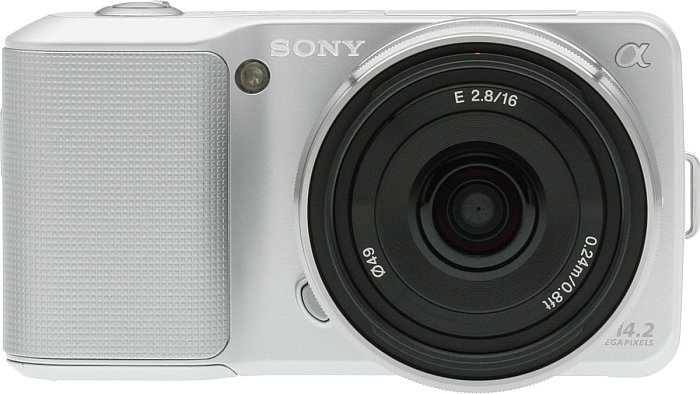
Surprisingly, especially given the long-term success of Sony's E-mount mirrorless camera system, Sony didn't plan for full-size, full-frame E-mount cameras. Sony's NEX cameras were the company's initial foray into E-mount cameras. They were compact cameras.
Nikkei's interview series will continue, presumably focusing more on the Alpha series E-mount cameras that paved the way for Sony's success. It's fascinating to hear that Sony's initial plans for E-mount drastically differed from the camera models and lenses we have today. It's also interesting to consider that when Sony acquired Minolta's camera division, it hoped to compete on an even footing with Canon and Nikon. Of course, that didn't happen then. But with E-mount mirrorless cameras, Sony eventually found its way not only to equal footing with the longtime giants of photography but a position of dominance. Additional interviews from the ongoing series are available here.